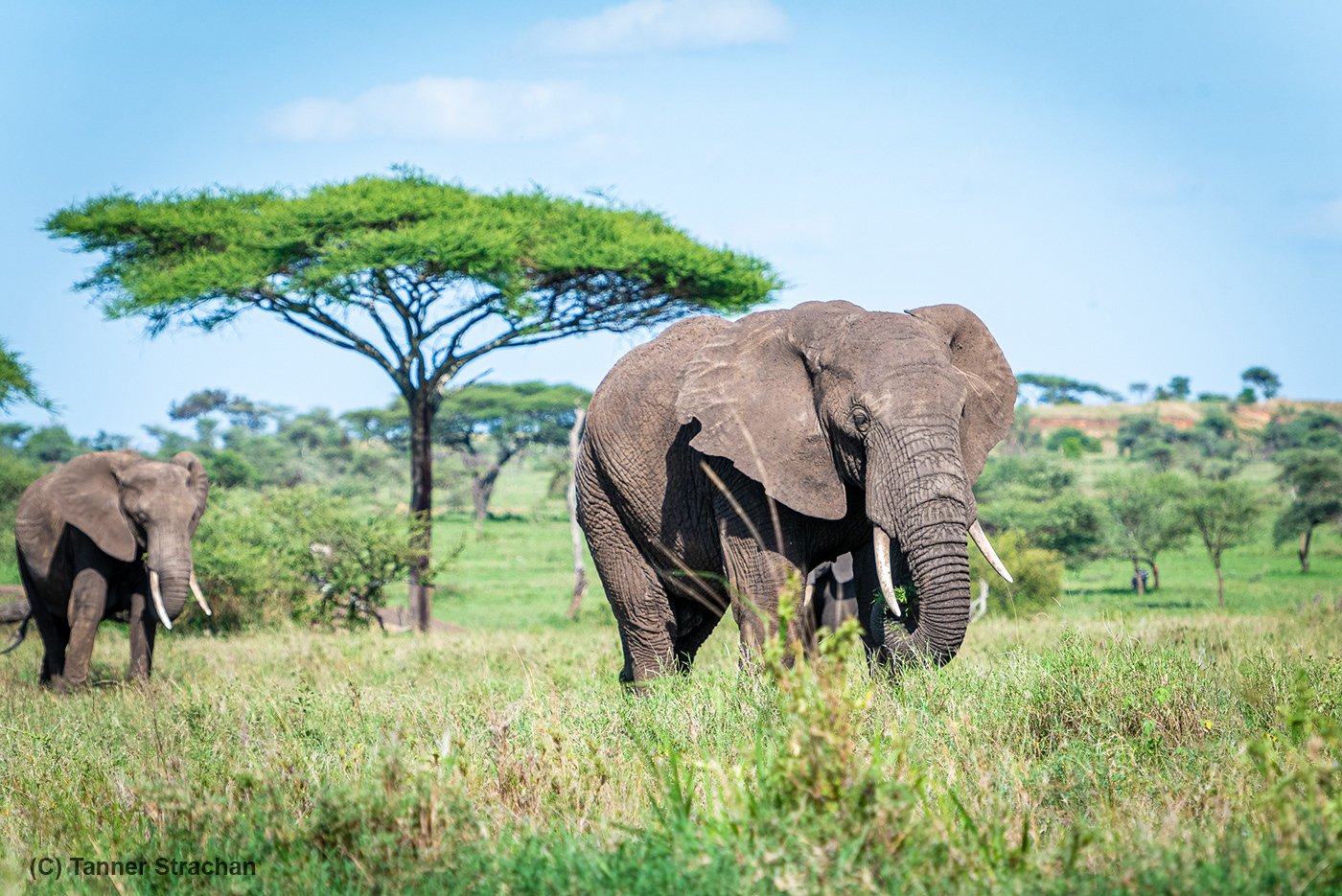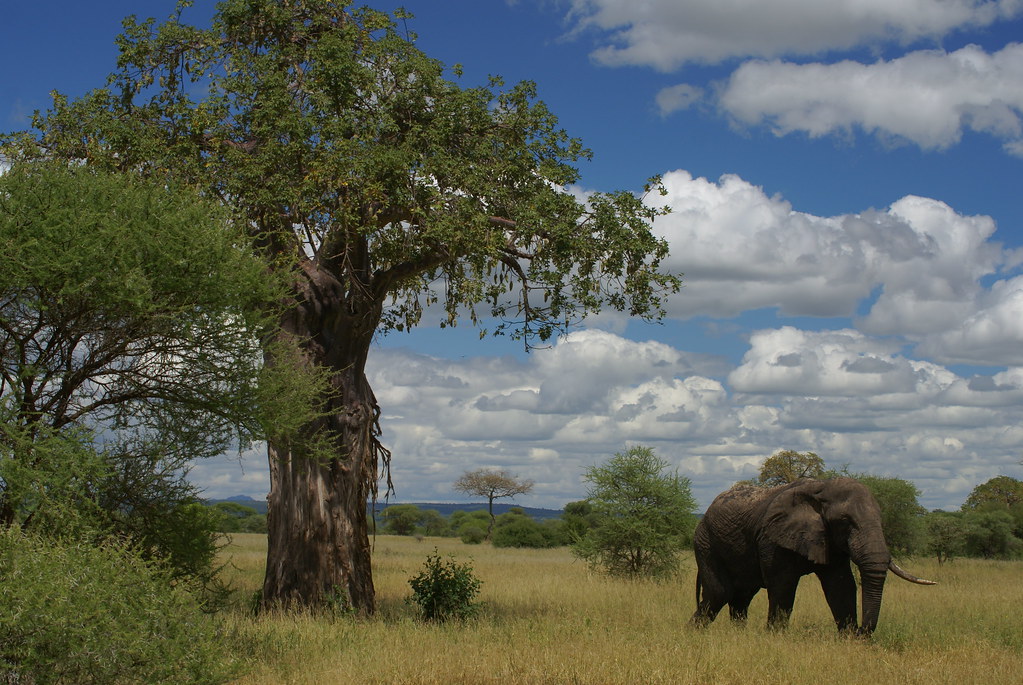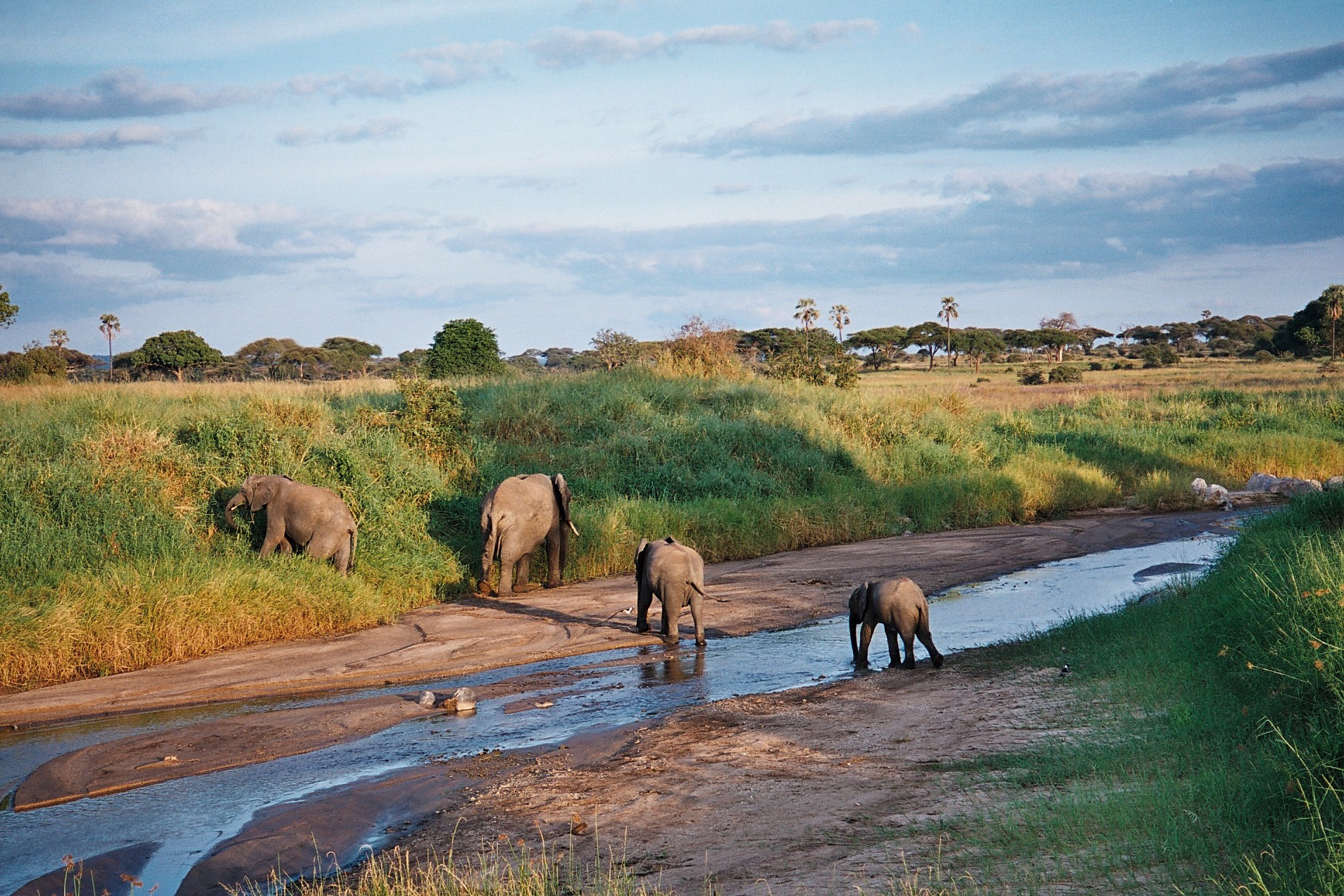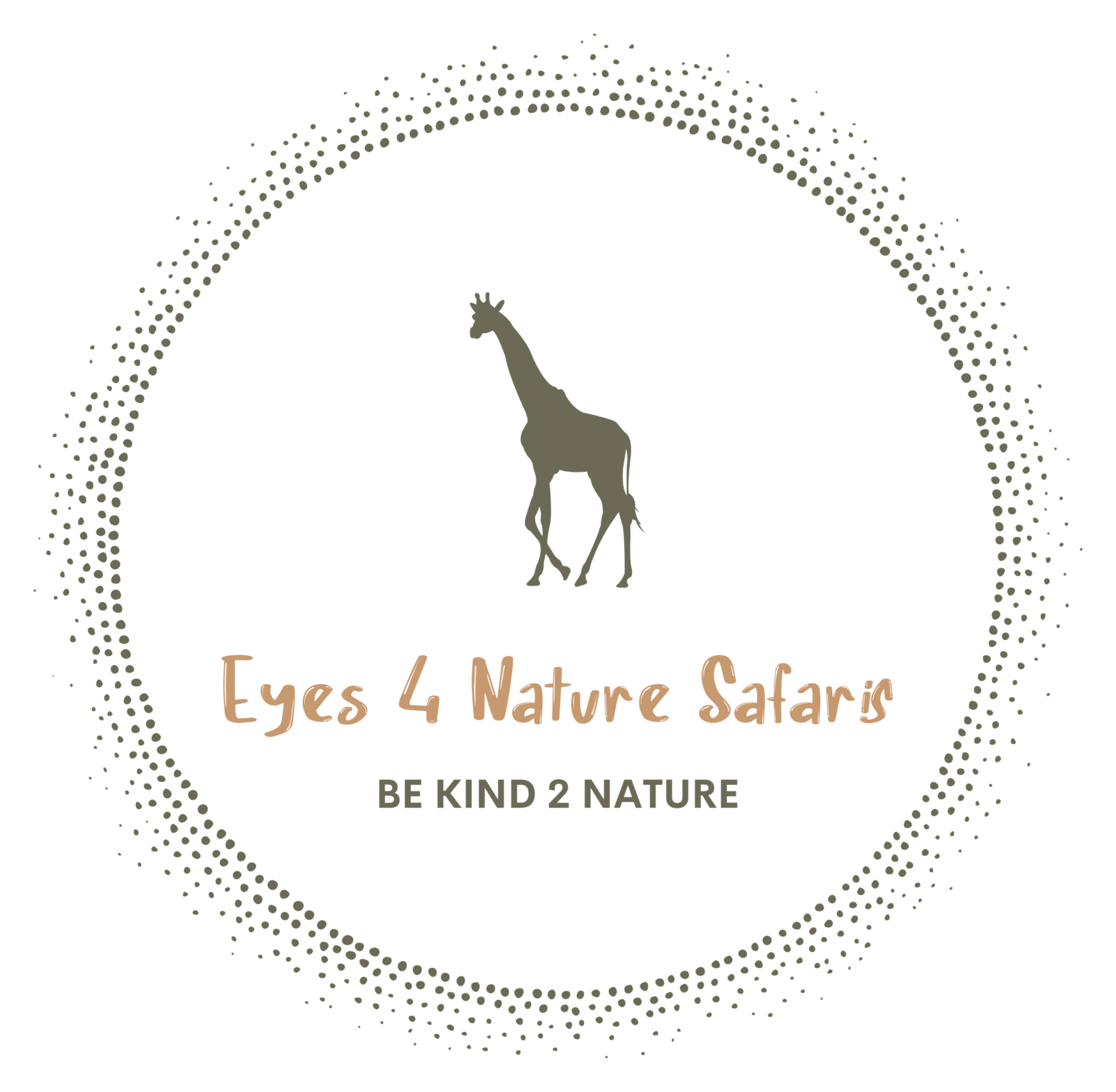
Tarangire National Park: A Guide to Tanzania's Elephant & Baobab Kingdom
Tarangire National Park, named after the life-giving Tarangire River, is renowned for its high density of elephants, majestic baobab trees, and excellent birdwatching opportunities. This park offers a classic safari experience in a stunning landscape, especially vibrant during the dry season.
Tarangire National Park, often a jewel overshadowed by its more famous northern neighbours, is a place of profound beauty and incredible wildlife density, especially when it comes to elephants. The park's veins, the Tarangire River, act as a lifeline, particularly during the dry season, drawing vast herds of animals to its banks. It’s a landscape dominated by the ancient, almost mystical baobab trees, standing like giant sentinels over the savanna. To me, Tarangire isn't just another park; it's a symphony of dust, water, and giants, where the air hums with the deep rumble of elephants and the calls of countless birds. It’s where you can truly feel the pulse of wild Tanzania.
Apollo's Recommendation
For Tarangire, try to visit during the dry season (June to October) for the most spectacular wildlife concentrations along the river. Two to three days here can be incredibly rewarding. While the elephants are the stars, keep an eye out for the park's impressive birdlife and the unique landscapes created by the baobabs and termite mounds. My personal tip: find a quiet spot overlooking the river, perhaps near one of the swamps like Silale, and just wait. The sheer number of animals coming to drink, especially elephants, is an experience you won't easily forget. And don't underestimate the magic of a walking safari here; it connects you to the bush in a very different way.
The Tarangire River – A Dry Season Lifeline
Unlike the Serengeti's migratory epic, Tarangire's spectacle is one of concentration. During the long dry season (typically June to October), the Tarangire River becomes the only significant source of water for miles around. This draws enormous herds of animals from the surrounding Maasai Steppe into the park.
| Feature | Significance | Wildlife Attraction |
|---|---|---|
| December - March | Southern Serengeti & Ndutu | Calving season - approx. 500,000 wildebeest calves born within a few weeks |
| April - May | Central & Western Corridor | Herds moving north, mating season |
| June - July | Western Corridor | Dramatic Grumeti River crossings |
| July - September | Northern Serengeti | Spectacular Mara River crossings |
| October - November | Northern to Southern | Return journey south following the rains |
Key Areas and Features of Tarangire:
- Tarangire River & Riverine Woodlands: The central artery of the park. The surrounding woodlands are home to a high diversity of species, including leopards which often rest in the acacia and sausage trees.
- Baobab Country: The northern and central parts of Tarangire are dotted with these iconic, massive trees. Some are hollow and have fascinating stories. They provide a stunning backdrop for photography.
- Silale Swamp & Other Wetlands: Located in the southern part of the park, these swamps act like sponges, holding water well into the dry season. They are magnets for elephants, buffalo, and a plethora of water birds. You might even spot pythons here.
- Termite Mounds: Tarangire has some of the largest termite mounds I've ever seen. These structures are often taken over by other animals, like dwarf mongooses, or used as lookout points by predators.
- Lemiyon Triangle: In the northern section, known for good game viewing and accessibility.
- Matete Woodlands: Further south, offering a different habitat and often good for spotting rarer antelope species.
Wildlife Highlights of Tarangire: Tarangire offers a fantastic array of wildlife, with some notable specialities:
- Elephants: The park is famous for its large elephant population, arguably one of the highest concentrations in Tanzania, especially during the dry season. You'll see family groups of all sizes.
- Baobab Trees: While not wildlife, they are a defining feature and an ecosystem in themselves, providing food and shelter for various creatures.
- Birdlife: Tarangire is a birder's paradise with over 550 recorded species. Look for the vibrant yellow-collared lovebird, ashy starling (both endemic to Tanzania), various raptors, and waterbirds in the swamps.
- Big Cats: Lions are commonly seen, often resting in the shade of baobabs or near water sources. Leopards are present but more elusive, favouring the riverine forests. Cheetahs can occasionally be spotted on the more open plains.
- Other Mammals: Large herds of wildebeest and zebra migrate to the park during the dry season. Giraffe, waterbuck, impala, eland, kudu (both greater and lesser in some areas), and buffalo are also common. You might even spot the long-necked gerenuk or the fringe-eared oryx, which are more typical of drier areas.
- Tree-Climbing Pythons: Though not as famous as Lake Manyara's tree-climbing lions, Tarangire is known for its tree-climbing pythons, often seen digesting a meal in the branches of sausage trees.
Best Time to Visit:
- Dry Season (June - October): This is peak season for wildlife viewing. The Tarangire River and swamps act as magnets for animals, leading to incredible concentrations, especially of elephants. Skies are clear, and vegetation is thinner, making spotting animals easier. It can be dusty.
- "Shoulder" Seasons (November - December & March - May - excluding heavy rains): The short rains (Nov-Dec) can bring a flush of green. The long rains (April-May) make the park incredibly lush and beautiful, and it's fantastic for birdwatching as migratory birds arrive. Fewer crowds during these times. Some roads might become challenging during heavy rain periods.
- Green Season (January - February): A lovely time with green landscapes after the short rains. Wildlife is more dispersed than in the dry season but still plentiful. Excellent for photography.
Accommodation Options: Tarangire offers a good range of lodging from luxury to more budget-friendly:
- Luxury Lodges & Tented Camps: Properties like Tarangire Treetops, Oliver's Camp (Asilia Africa), or Lemala Mpingo Ridge offer exceptional comfort, unique locations, and often guided walking safaris. Price range: $700-1,500+ per person per night.
- Mid-range Permanent Tented Camps & Lodges: Comfortable options with good amenities and often stunning views. Examples include Tarangire Safari Lodge (one of the oldest with iconic views), Kuro Tarangire, or Sangaiwe Tented Lodge. Price range: $300-600 per person per night.
- Budget-Friendly Options: Several campsites inside and just outside the park cater to more adventurous or budget-conscious travellers. Some basic lodges are also available outside the park boundaries. Price range: $50-200 per person per night (campsites can be less).
Practical Information:
- Park Fees: As of my last updates, typically around $50-$60 per adult per 24 hours, and around $15-$20 for children (5-15 years). Vehicle entry fees also apply. Note: Park fees can change, always verify with official sources before your trip.
- Access: Tarangire is easily accessible by road from Arusha, about a 2-3 hour drive, making it a popular first or last stop on a northern circuit safari. Several airstrips serve the park for fly-in safaris.
- Internal Travel: While not as vast as the Serengeti, some areas of Tarangire, especially the southern swamps, require a bit of driving. Plan accordingly with your guide.
- Best Safari Experience: Game drives are the main activity. Night drives are permitted by some lodges outside the park or in specific concession areas. Walking safaris with an armed ranger offer a thrilling, up-close perspective of the bush.
- Combine With: Tarangire is perfectly combined with Lake Manyara National Park, Ngorongoro Crater, and the Serengeti as part of the classic Northern Tanzania safari circuit.
Tarangire is a park that truly grows on you. Its unique landscape, the sheer number of elephants, and the ancient baobabs create an atmosphere that is both wild and deeply calming. It's a place where you can witness the raw power of nature and the delicate balance of life in the African bush. Every visit feels like coming home to an old, wise friend.
Gallery



Ready to Book Your Safari Experience?
Contact us today to start planning your perfect Tanzanian safari.
Contact Us